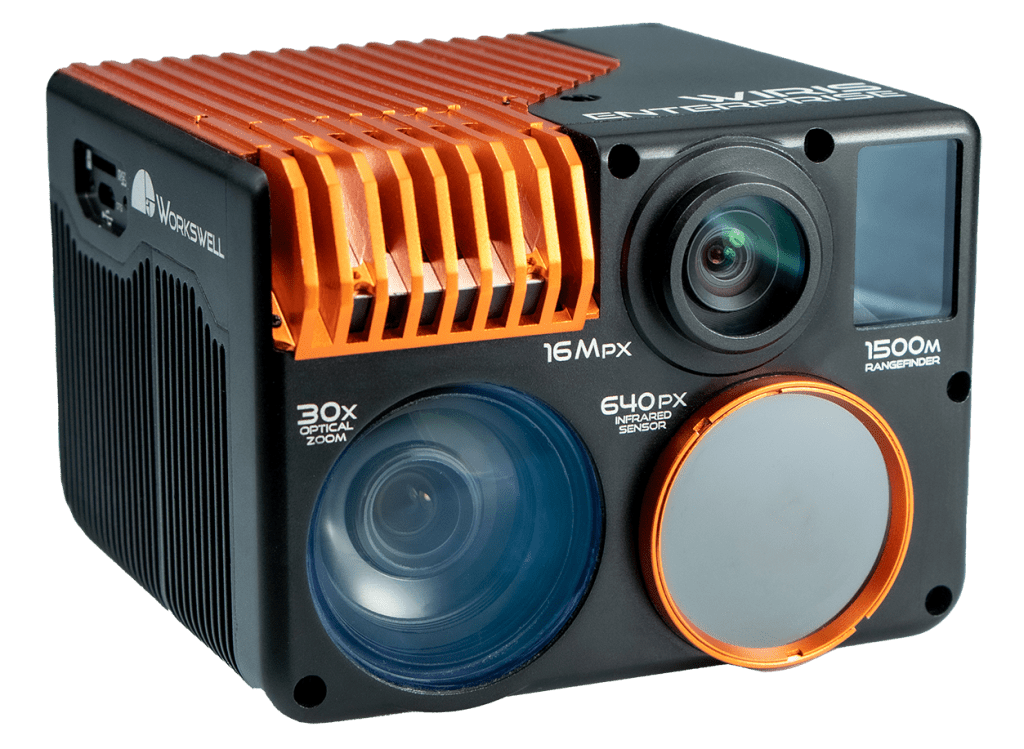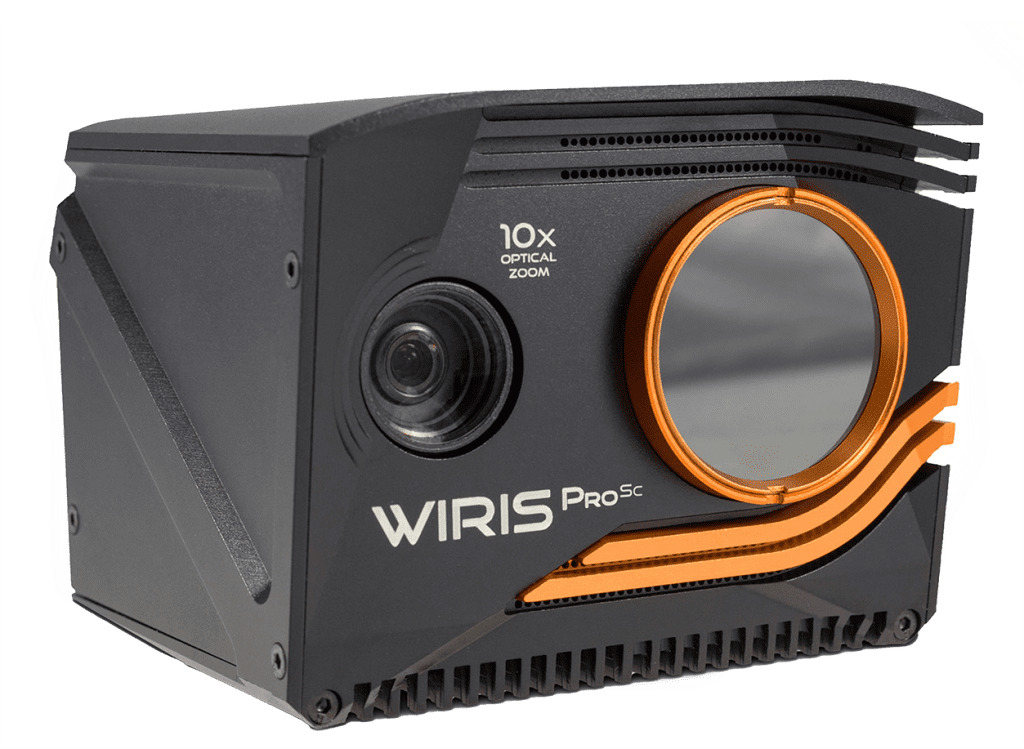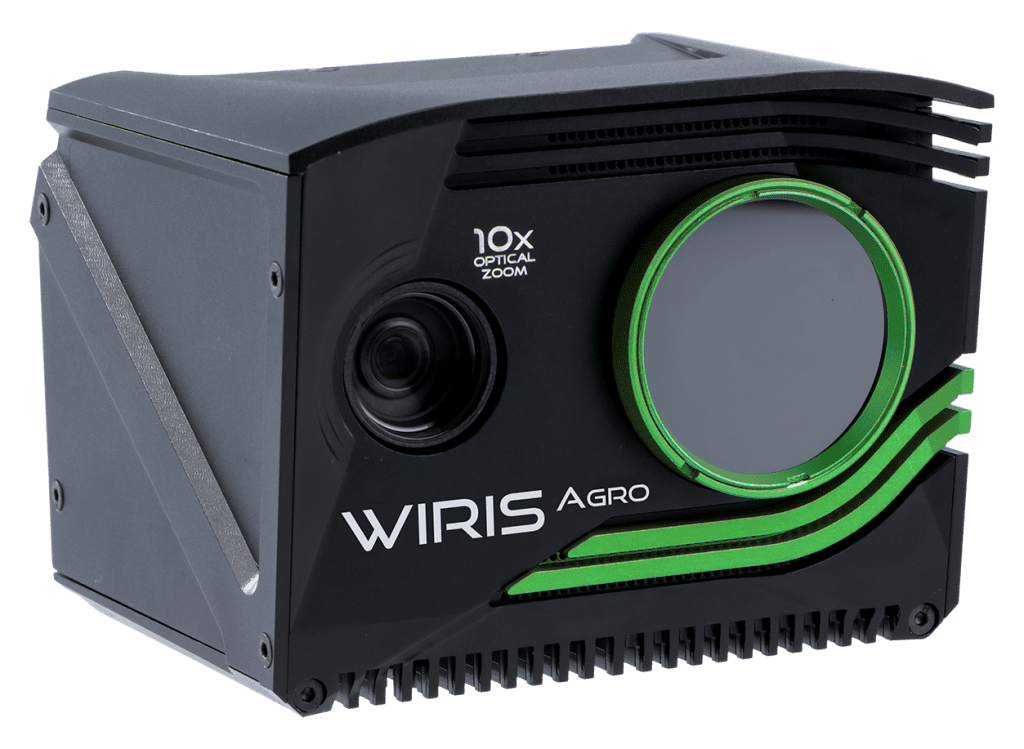UAV Thermography in Crop Cultivation and Phenotyping
The cultivation of the target properties of any new crop variety is a time-consuming process. Thermography in phenotyping could by so amazing!
Success is dependent on the proper characterization of a large number of potential gene resources. Given the complexity of this challenge, we decided to put our tools to the test and ran a few experiments in which the genetic resources of minor crops were tested in three-year seed-beds, with an elementary evaluation following the results.
The genetic resources evaluated include winter and spring wheat, winter barley, both forms of triticales, vain types of Hordeae, and a number of other minor crops.
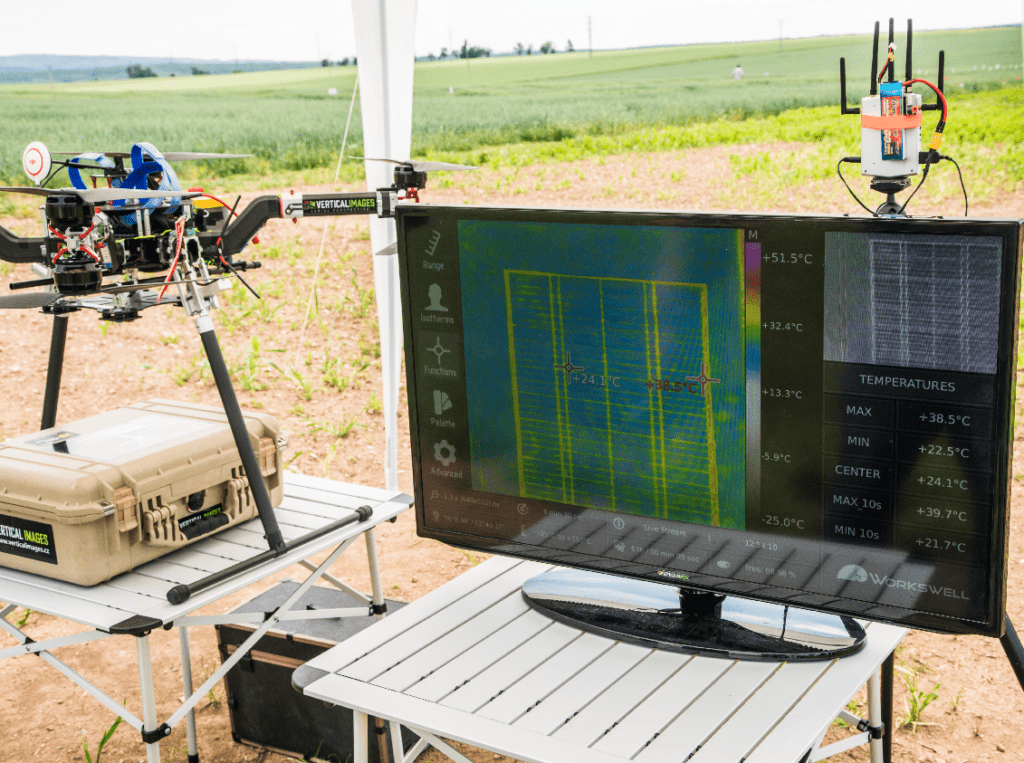
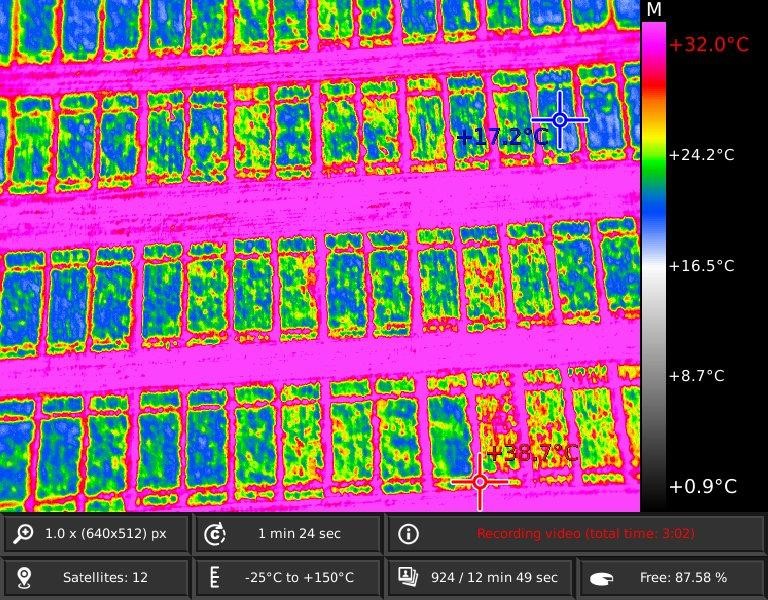
New possibilities
The availability of modern thermographic imaging technologies via the UAV (Unmanned Aerial Vehicle) platform offers new possibilities for the accurate description of genetic resources. By extending the classifier range in terms of the relationship between plants’ thermal behavior and their transpiration responses, our tools expand the scope of information available to farmers and cultivators.
In the vegetation period of 2015 – 2016, we carried out field experiments in which 325 units of winter wheat, 82 units of winter barley, and 60 units of winter triticale were planted in total.
We sowed 224 wheat genotypes and 10 triticale genotypes within the spring forms. With inline sowing in plots of 2m², we recovered 33 units of winter forms and 99 units of spring forms within the collection’s renewal due to the small amount of seeds stored in the GB warehouse.
In scanning the temperature conditions of experimental varieties, we used a thermal imaging camera, the Workswell WIRIS thermal camera, supported by a UAV based on the Gryphon Dynamics frame system. The flight was pre-programmed via UGCS Ground Station. We then processed our data in the Pix4D program and analyzed it in Workswell’s CorePlayer and Workswell Thermoformat software.
Preliminary data analysis indicates the utility of this approach for the process of cultivation and phenotyping when varieties have specific symptoms and significant differences in both visible and infrared radiation.
For a detailed analysis of the resulting thermogram, the integration and support of camera hardware with the ortho-rectification program Pix4D is required to maintain all radiometric information in the resulting map.

